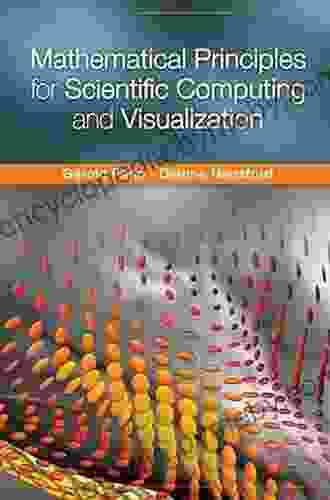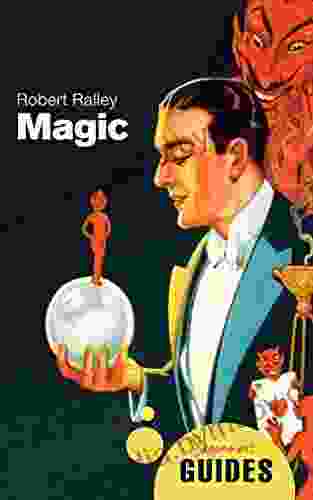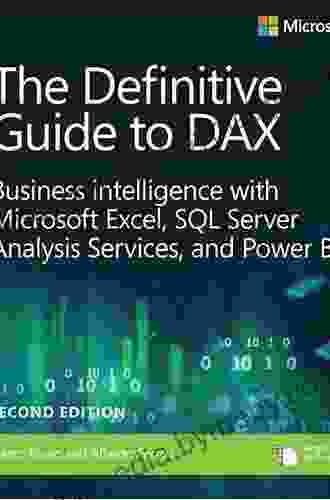Mathematical Principles for Scientific Computing and Visualization: A Gateway to Computational Science

In the realm of scientific research, computational science has emerged as an indispensable tool for solving complex problems that defy analytical approaches. At the heart of computational science lies the intricate interplay between mathematical principles, scientific computing techniques, and visualization methods. To delve into this fascinating field, the book 'Mathematical Principles for Scientific Computing and Visualization' serves as an invaluable guide.
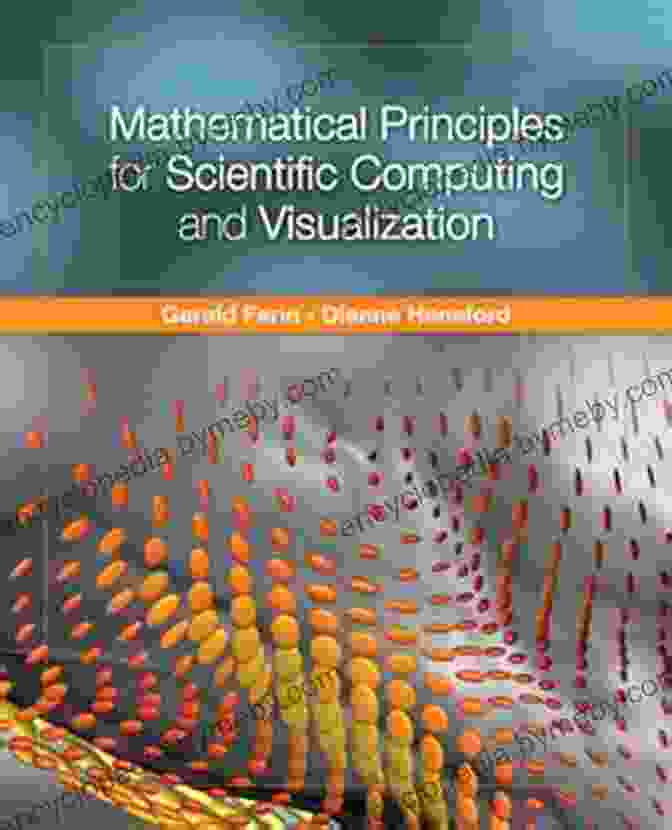
5 out of 5
| Language | : | English |
| File size | : | 9301 KB |
| Print length | : | 275 pages |
Unveiling the Mathematical Foundations
The book commences by establishing a solid mathematical foundation for scientific computing and visualization. It delves into the fundamental concepts of linear algebra, differential equations, and numerical methods, providing readers with a comprehensive understanding of the mathematical tools essential for tackling scientific problems computationally.
Through lucid explanations and illustrative examples, the book elucidates the principles of matrix theory, eigenvalues and eigenvectors, and the solution of linear equations. It also explores ordinary and partial differential equations, equipping readers with the mathematical framework for modeling and simulating physical phenomena.
Scientific Computing Techniques
Building upon the mathematical foundations, the book transitions into the realm of scientific computing techniques. It introduces readers to the finite element method, a powerful numerical approach for solving complex partial differential equations. The book provides a detailed exposition of the finite element method's formulation, implementation, and application to real-world problems in engineering and science.
Furthermore, the book examines other essential scientific computing techniques, such as finite difference methods, Monte Carlo methods, and optimization algorithms. These methods are indispensable for simulating complex systems, analyzing large datasets, and extracting meaningful insights from scientific data.
Visualization Techniques
The book recognizes the critical role of visualization in scientific computing. It explores various visualization techniques for representing and analyzing scientific data, including scalar and vector field visualization, isosurface rendering, and volume rendering.
The book emphasizes the principles of visual perception and human-computer interaction to ensure that visualizations effectively convey scientific insights. It also introduces advanced visualization techniques, such as scientific illustration, virtual reality, and augmented reality, which are revolutionizing the way scientists communicate their findings.
Applications and Case Studies
To solidify the theoretical concepts and practical techniques presented throughout the book, the authors provide numerous applications and case studies. These real-world examples showcase the power of mathematical principles and scientific computing in addressing complex problems across diverse scientific disciplines.
The book explores applications in computational fluid dynamics, solid mechanics, electromagnetics, and bioinformatics. Through these case studies, readers gain a firsthand understanding of how mathematical principles and computational tools are employed to advance scientific knowledge and innovation.
'Mathematical Principles for Scientific Computing and Visualization' is a comprehensive and accessible resource for anyone seeking to comprehend the mathematical foundations and practical techniques of scientific computing and visualization. Whether you are a student, researcher, or practitioner in computational science, this book provides a solid foundation and invaluable insights into this rapidly evolving field.
By unraveling the mathematical principles that underpin scientific computing and visualization, this book empowers readers to harness the power of computation and visualization to solve complex scientific problems, advance knowledge, and drive innovation.
5 out of 5
| Language | : | English |
| File size | : | 9301 KB |
| Print length | : | 275 pages |
Do you want to contribute by writing guest posts on this blog?
Please contact us and send us a resume of previous articles that you have written.
 Book
Book Novel
Novel Page
Page Chapter
Chapter Text
Text Story
Story Genre
Genre Reader
Reader Library
Library Paperback
Paperback E-book
E-book Magazine
Magazine Newspaper
Newspaper Paragraph
Paragraph Sentence
Sentence Bookmark
Bookmark Shelf
Shelf Glossary
Glossary Bibliography
Bibliography Foreword
Foreword Preface
Preface Synopsis
Synopsis Annotation
Annotation Footnote
Footnote Manuscript
Manuscript Scroll
Scroll Codex
Codex Tome
Tome Bestseller
Bestseller Classics
Classics Library card
Library card Narrative
Narrative Biography
Biography Autobiography
Autobiography Memoir
Memoir Reference
Reference Encyclopedia
Encyclopedia Xochitl Gonzalez
Xochitl Gonzalez A Christine Harris
A Christine Harris Jonathan Hickman
Jonathan Hickman Caroll Simpson
Caroll Simpson Dominic Wyse
Dominic Wyse 1st Edition
1st Edition Anthony R Palumbi
Anthony R Palumbi Chris Worfolk
Chris Worfolk A J Stewart
A J Stewart Melissa Maker
Melissa Maker Tony F Charles
Tony F Charles Scott Frush
Scott Frush Abdul Dire
Abdul Dire Aaron Ross
Aaron Ross Adam Frost
Adam Frost Dr Quinta
Dr Quinta John Endris
John Endris Jeremiah Lynch
Jeremiah Lynch Will Storr
Will Storr Mark Strom
Mark Strom
Light bulbAdvertise smarter! Our strategic ad space ensures maximum exposure. Reserve your spot today!
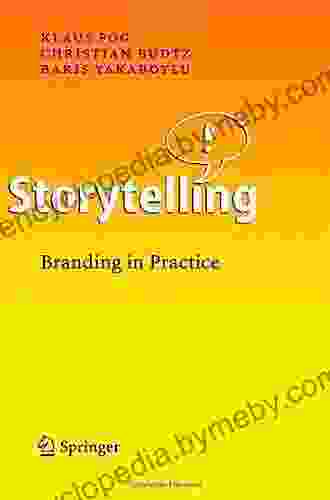
 Thomas PynchonStorytelling Branding in Practice: Unleash the Power of Narratives to Build...
Thomas PynchonStorytelling Branding in Practice: Unleash the Power of Narratives to Build... Scott ParkerFollow ·10.7k
Scott ParkerFollow ·10.7k Michael SimmonsFollow ·16.6k
Michael SimmonsFollow ·16.6k Larry ReedFollow ·15.2k
Larry ReedFollow ·15.2k Ike BellFollow ·9.4k
Ike BellFollow ·9.4k Max TurnerFollow ·13k
Max TurnerFollow ·13k Deion SimmonsFollow ·13.5k
Deion SimmonsFollow ·13.5k Felipe BlairFollow ·5.5k
Felipe BlairFollow ·5.5k Kenneth ParkerFollow ·7.9k
Kenneth ParkerFollow ·7.9k
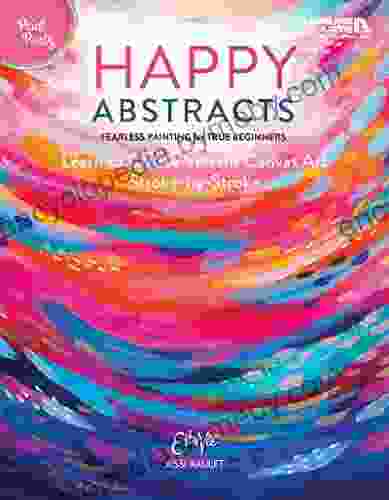
 Timothy Ward
Timothy WardFearless Painting for True Beginners: Learn to Create...
Unlock the Joy of...

 Fernando Pessoa
Fernando PessoaProven 12-Step Program for Financial Peace of Mind:...
Are you struggling with...
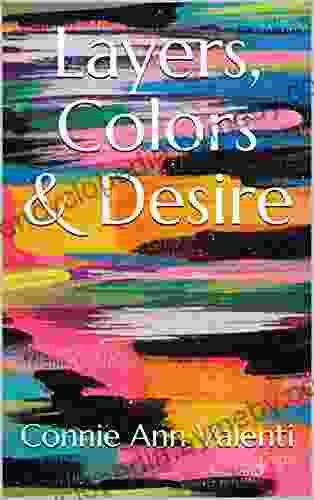
 Chinua Achebe
Chinua AchebeLayers Colors Desire: Layers Colors Thoughts Mystery
A Literary Labyrinth...

 Fernando Bell
Fernando BellUnearth Hidden Treasures: Journey Through "Secondhand...
Prepare to embark on an extraordinary...

 Caleb Carter
Caleb CarterSymbolic Messages Garage Sale Mysteries: Unveiling the...
Welcome to the extraordinary world of the...

 Nikolai Gogol
Nikolai GogolTravels in the Billion Dollar Trash Trade: Uncovering the...
Ỡ In his...
5 out of 5
| Language | : | English |
| File size | : | 9301 KB |
| Print length | : | 275 pages |


